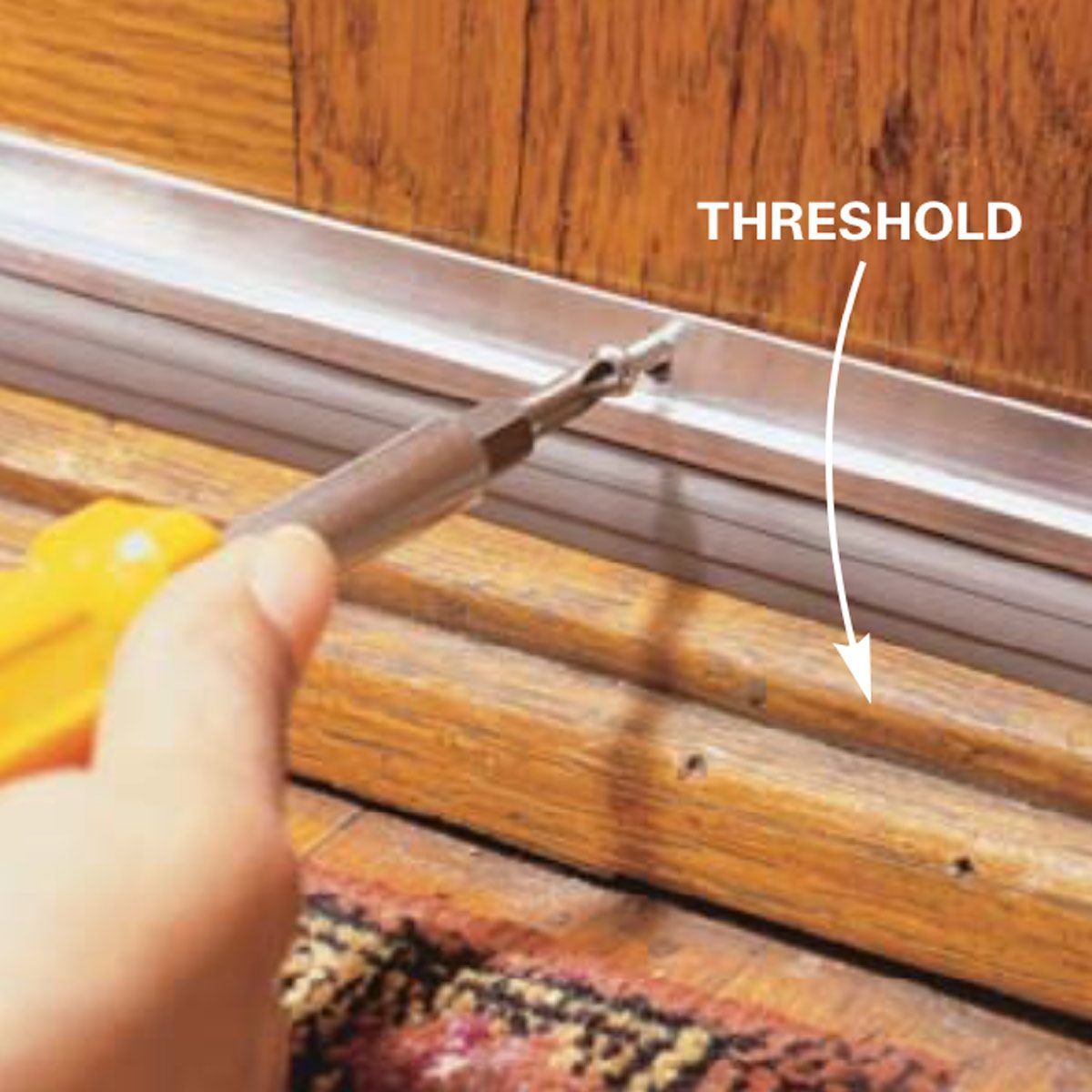Upgrade Your Threshold: Replace a Door Sweep for Efficiency

Upgrade Your Threshold: Replace a Door Sweep for Efficiency
A door sweep may seem like a minor component, but it plays a significant role in maintaining the energy efficiency of your home. In this guide, we’ll explore the importance of door sweeps and provide step-by-step instructions on how to replace them for optimal performance.
Understanding the Door Sweep: A Crucial Seal
A door sweep is a strip of material, usually rubber or bristles, attached to the bottom of an exterior door. Its primary function is to create a seal between the door and the threshold, preventing drafts, pests, and moisture from entering the home. Over time, door sweeps can wear out, leading to a loss of energy efficiency.
Signs of a Worn Door Sweep: When to Replace
It’s essential to recognize the signs of a worn-out door sweep. If you notice drafts, water leaks, or increased outside noise when the
Renew Your Entryway: Upgrading with a Door Sweep Replacement

Revitalize Your Home: A Guide to Upgrading with a Door Sweep Replacement
Enhancing the energy efficiency and comfort of your home often involves small yet impactful improvements. One such upgrade is replacing the door sweep. In this comprehensive guide, we’ll walk you through the steps of replacing a door sweep, offering insights into the benefits and the simple DIY process.
Understanding the Door Sweep: What is it and Why Replace?
Before delving into the replacement process, it’s essential to understand the role of a door sweep. This thin strip, typically made of rubber or other weather-resistant materials, is installed at the bottom of exterior doors. Its primary purpose is to create a seal, preventing drafts, moisture, and pests from entering your home. Over time, door sweeps may wear out, leading to reduced effectiveness and potential energy loss.
Signs it’s Time for Replacement: Assessing Wear and Tear
Several indicators suggest it’s
